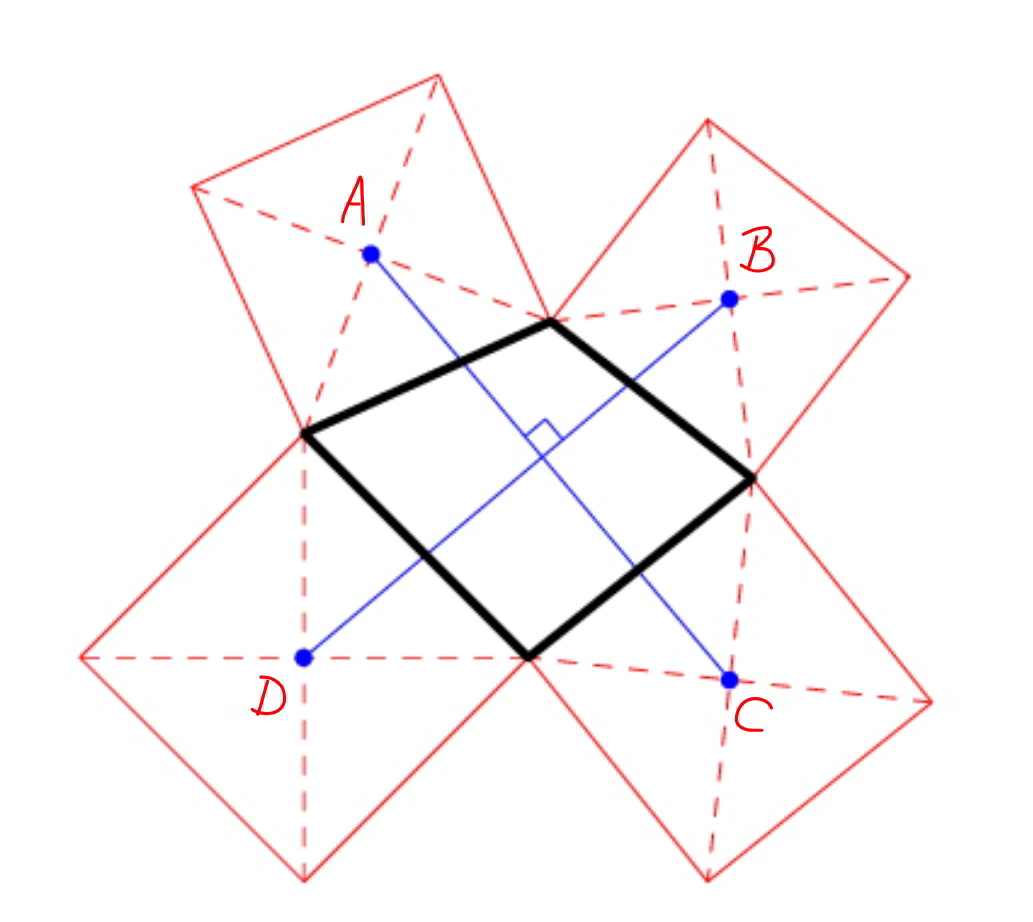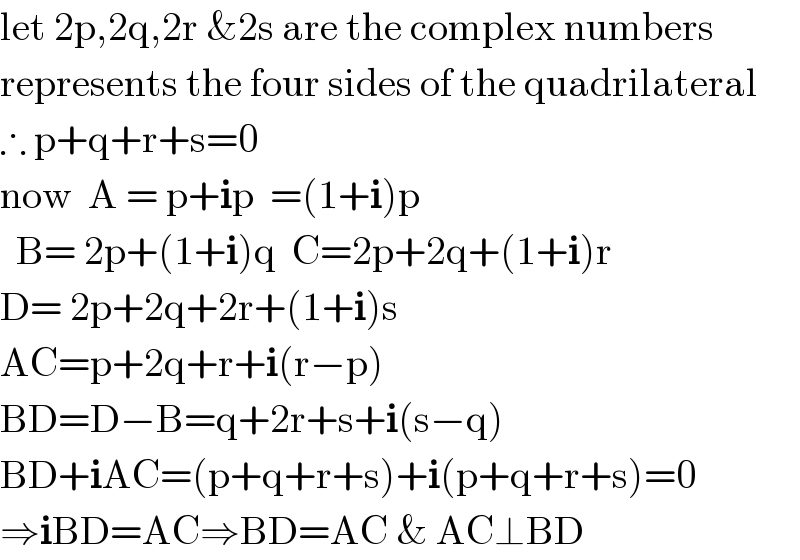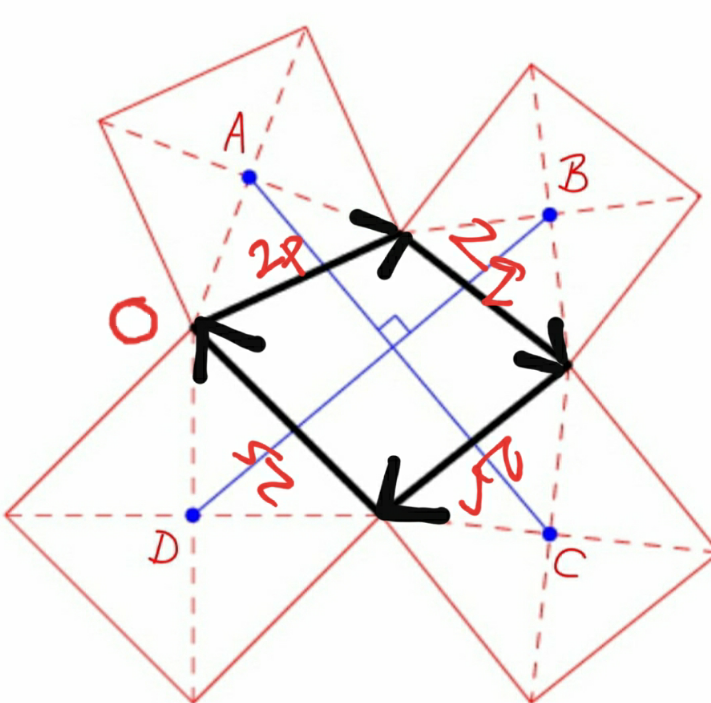
Question and Answers Forum
Question Number 95177 by mr W last updated on 23/May/20

Commented by mr W last updated on 23/May/20

Commented by PRITHWISH SEN 2 last updated on 24/May/20

Commented by mr W last updated on 24/May/20

Commented by PRITHWISH SEN 2 last updated on 24/May/20

Commented by PRITHWISH SEN 2 last updated on 24/May/20

Commented by PRITHWISH SEN 2 last updated on 24/May/20

Commented by mr W last updated on 24/May/20

